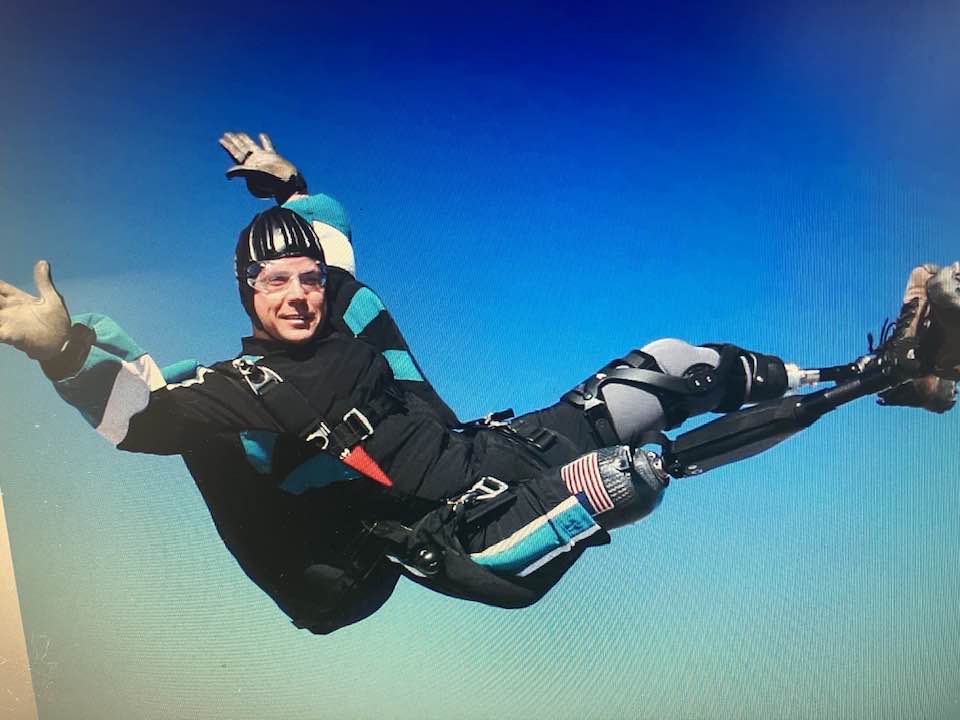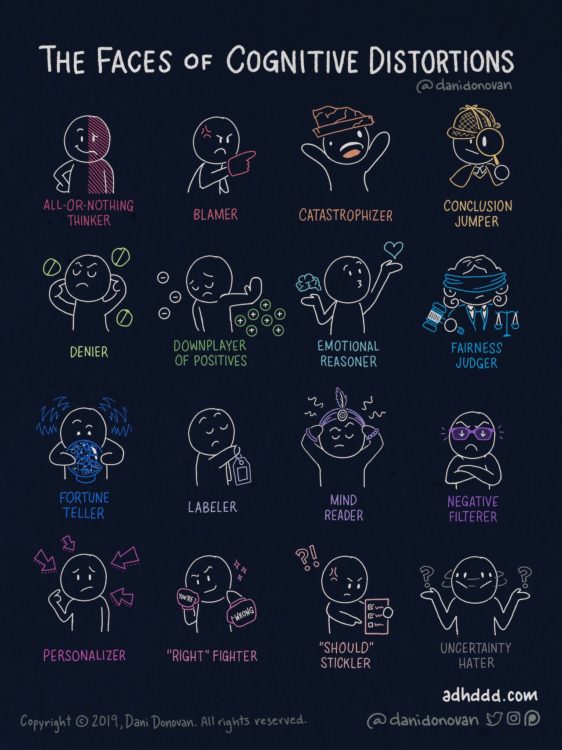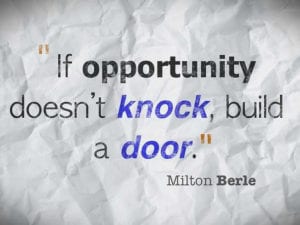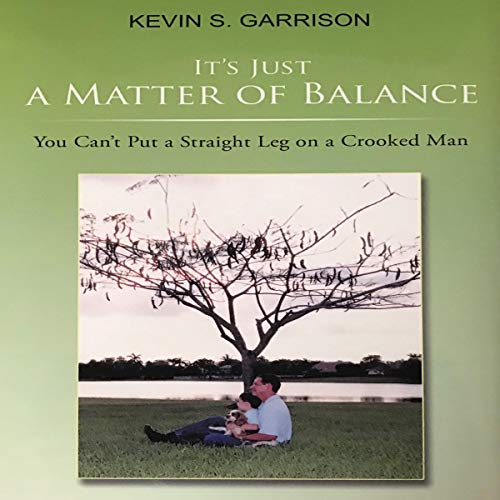Amputation Essential Checklist
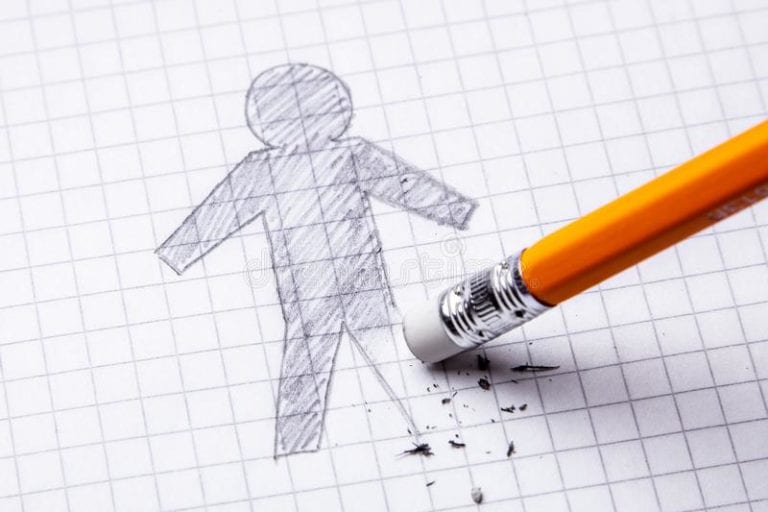
Amputation Essential Checklist is a must-follow. You are facing an amputation. Here is an Amputation Essential Checklist of things you have to do before you get your amputation. How you got here is either the result of a medical condition in your limb that has become critical. Either that or you have just suffered a traumatic event, like a car crash. This means there is no preparation and the amputee regains consciousness after the operation. That is when you need to engage your support system to deal with this amputation essential checklist.
Your podiatrist or Orthopedic surgeon has detected a severe infection resistant to antibiotics. A cancerous tumor in the bone or muscle of the limb, the peripheral arterial disease that has caused gangrene or thickening of nerve tissue, is called a neuroma. A vascular surgeon will refer you. Thankfully you have some time and a lot to do. In both cases, there is no relying on the system to provide these things that you need in your recovery.
Planned Amputation Essential Checklist
Unless you need an emergency amputation, you must be sure that your vascular surgeon coordinates a full assessment before surgery. This is to identify the most suitable type of amputation and any factors that may affect your rehabilitation. Don’t leave this up to him and if he omits a part, insist on knowing why it was omitted. Most Vascular surgeons are busy and curt in their consultation with you. If he doesn’t give you an adequate answer ask his medical assistant. Don’t give up because you need to take action and avoid being left as a mere complainer.
Emergency Amputation Essential Checklist
There is a tendency, when you are about to go through a major physical change, to panic and give up control of the situation. In a medical crisis, healthcare professionals often discourage addressing psychological feelings. This article counters this mindset. You must complete these necessary things to do before your amputation:
- a thorough medical examination will happen in most cases. You must make sure it includes the following. Firstly, assessing your physical condition, nutritional status, and bowel and bladder function. As well as your cardiovascular system, and your respiratory system (lungs and airways)
- an assessment of the condition and function of your healthy limb. This is because removing one limb can place extra strain on the remaining limb, so it’s important to look after the healthy limb
- a psychological assessment – to determine how well you’ll cope with the psychological and emotional impact of amputation, and whether you’ll need additional support
- Your healthcare team will assess your home, work, and social environments to determine whether you require additional provisions to help you cope.
You must insist on being referred to a physiotherapist, who will be involved in your post-operative care. Now would be a good time to research prosthetists (a specialist in prosthetic limbs) in your area. You need to find one who is will advise you about the type and function of prosthetic limbs or other devices available. Find one that you trust and ask for a show of the ones he makes by hand.
Lastly don’t forget that you are going through a tremendous psychological transition. Finding a therapist who specializes in helping amputees and a psychiatrist for a psychiatric evaluation The sooner you form a relationship with a seasoned professional the better. If you’re having a planned amputation, you will have more time to make an appointment with a therapist who deals with amputations. might find it reassuring to talk to someone who’s had a similar type of amputation. The Amputee Coalition has a Certified Peer Visitor program. You can schedule a visit who will answer any questions you have about the transition to having to wear a prosthesis.
Points to Know and Consider When Preparing for and Undergoing an Amputation
